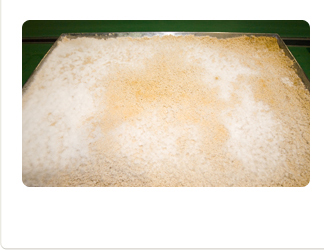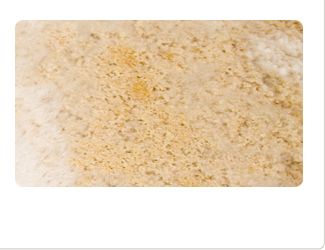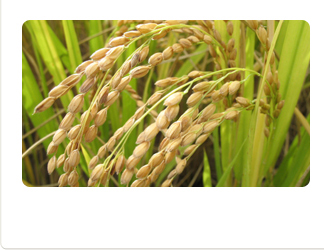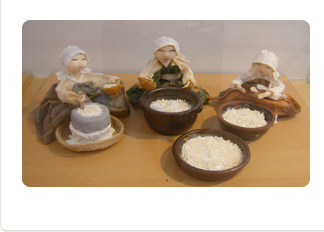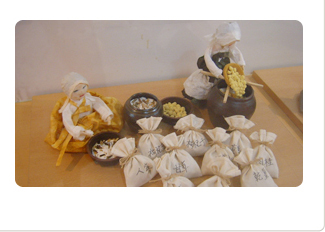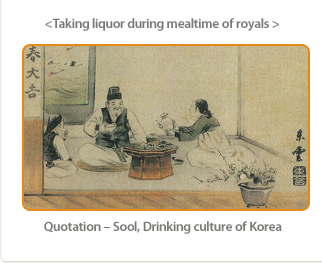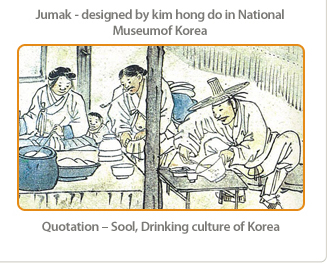



Nuruk Diversity Functionality Ī░Exchanging wordsĪ▒ drinking culture The culture of taking liquor during mealtime
The first thing that must be mentioned when discussing the traditional Korean wines.
The first thing that must be mentioned when discussing the traditional Korean wines. It is not an exaggeration to say that the traditional Korean wines were formed along with the development of nuruk. In Western-style brewing, there is no nuruk; fruits are fermented as they are, and if diastatic enzymes are needed, malt is used. The three East Asian countries (Korea, China, and Japan) have developed the art of brewing with nuruk. JapanĪ»s nuruk is called koji, which is made by fermenting steamed and scattered rice, and then propagating aspergillus (a kind of fungus) in koji, which makes the taste sour, simple, and light. KoreaĪ»s nuruk, however, is made by fermenting dough knead with wheat powder without husking, and then propagating the microorganisms in the dough where rhizopus (a fungus) and various lactic-acid bacteria grow, which produce much acid and a complex and diverse taste.
